By Raman Kumar
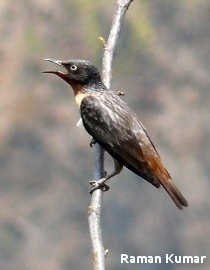
While the details of bird migration are still somewhat mysterious, the broad patterns are reasonably well-understood; for example the direction of migration. The main reason why most migratory birds follow a north–south path is simple: they follow the seasonal patterns in availability of food and breeding resources. Most migratory birds follow this general pattern: (1) breed at higher latitudes during spring-summer; (2) when days start to get shorter and conditions harsher, fly to kinder regions in the tropics.
But there are some species of birds that scoff at these conventions; instead of migrating along a north–south trajectory, these birds move east–west. Among the more celebrated of such “misfits” is the Pied Cuckoo which shuttles east–west between northeast Africa to north and central India. However, there is a lesser-known bird that shows this kind of unconventional migration – the Spot-winged Starling (Saroglossa spiloptera).
This starling, formerly known as Spottedwinged Stare, is unfamiliar to birders from peninsular India because its distribution is limited to the sub-Himalayan and Himalayan region. Unlike mynas and most other starlings the Spot-winged Starling is sexually dimorphic: the male is a dark brownish-and-chestnut and the female is markedly paler. Both sexes sport a prominent white wing patch, giving the bird its name.
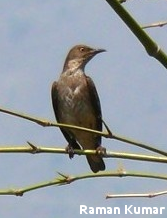
In the Western Himalaya the Spot-winged Starling appears in late spring, feeding at fruiting and flowering trees. Small groups are often seen guzzling nectar from the blossoms of trees such as the Indian Silk Cotton. The Spot-winged Starling usually chooses open forests at elevations near 1000 m in Himachal Pradesh and Uttarakhand for breeding. Birdwatchers have seen Spot-winged Starlings at roughly the same spot in successive years, suggesting that they may remain faithful to the same place year after year, but this remains to be verified.
Sightings become rarer in June and by July the bird virtually vacates its breeding quarters. This is the period when the Starlings are believed to make their eastward passage through Nepal and Sikkim. After this hopping flight of thousands of kilometres they set up their winter home in sub-Himalayan Assam at about 300 m elevation.
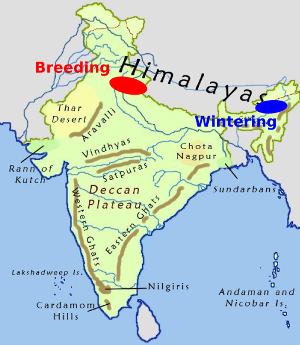
Why do they make this unusual journey? Why don’t they winter in the terai closer to their breeding grounds? Do they breed in areas in Central Himalayas? In their 1983 epic Handbook of the Birds of India and Pakistan Salim Ali and Dillon Ripley have described the distribution of the Spot-winged Starling as “equivocal and imperfectly known”. Ornithologists haven’t added anything much beyond this and the status of this starling remains shrouded in mystery.
Have you seen this species? Where? Do add your sightings to the MigrantWatch database so that collectively we can better understand the migration of this odd species.
Here is the data page for Spot-winged Starling. At the time of writing, there were no records of this species in the database.


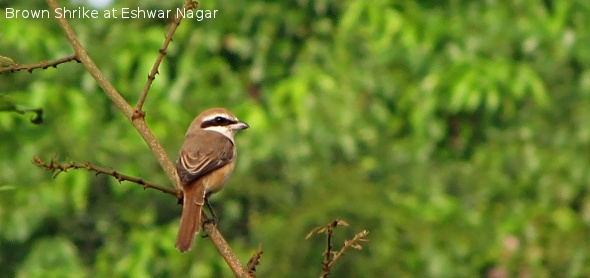

 which are noisiest at the start as they mark out their territories for the coming winter. By the time October’s first week ends, wintering and on-passage Brown Flycatchers, Bright Green and Greenish Warblers, Booted and Blyth’s Reed Warblers, and Barn Swallows can be seen anywhere – every garden and compound. The Bright Green Warblers (subspecies nitidus of the Greenish Warblers; but often considered a separate species) are the most common winter migrants in the region, closely followed by the Acrocephalus/Hippolais warblers and Ashy Drongos.
which are noisiest at the start as they mark out their territories for the coming winter. By the time October’s first week ends, wintering and on-passage Brown Flycatchers, Bright Green and Greenish Warblers, Booted and Blyth’s Reed Warblers, and Barn Swallows can be seen anywhere – every garden and compound. The Bright Green Warblers (subspecies nitidus of the Greenish Warblers; but often considered a separate species) are the most common winter migrants in the region, closely followed by the Acrocephalus/Hippolais warblers and Ashy Drongos.

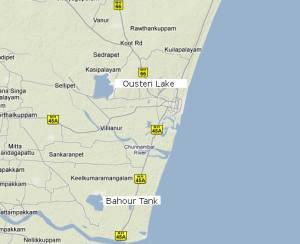
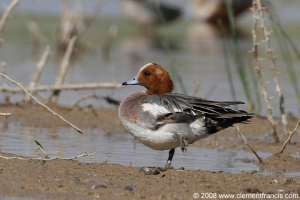 In 1995 the lake recorded some 20,000 birds and in 1998 it went up to 25,000 birds of 44 species (BNHS, 2004). In addition to residents like Little Cormorant and Common Coot, Cotton Teal, Spot-billed Pelican, Spoonbills, White Ibis; migratory species like the Eurasian Wigeon were recorded in large numbers (up to 4600 individuals!).Various species of ducks, herons, cormorants, hawks, kites, darters, terns, kingfishers, lapwings, flycatchers were abundant.
In 1995 the lake recorded some 20,000 birds and in 1998 it went up to 25,000 birds of 44 species (BNHS, 2004). In addition to residents like Little Cormorant and Common Coot, Cotton Teal, Spot-billed Pelican, Spoonbills, White Ibis; migratory species like the Eurasian Wigeon were recorded in large numbers (up to 4600 individuals!).Various species of ducks, herons, cormorants, hawks, kites, darters, terns, kingfishers, lapwings, flycatchers were abundant.

 achal Pradesh and on the side I watch and keep notes on birds – mostly opportunistic sightings. For instance, once on a cold February morning when I opened the door to my base-camp I had a flock of Tibetan Snow-Finches rushing inside. I won’t blame them – it was -35° Celsius outside.
achal Pradesh and on the side I watch and keep notes on birds – mostly opportunistic sightings. For instance, once on a cold February morning when I opened the door to my base-camp I had a flock of Tibetan Snow-Finches rushing inside. I won’t blame them – it was -35° Celsius outside. My first real spring bird sighting was on 8 March when I went to the village of Kibber (4200m) to restock the camp provisions. There are two willow trees in the center of the village. As I walked past them I heard the familiar chirp of a House Sparrow (Passer domesticus). The common house sparrow migrates to lower altitudes during winter. Later in the day, as I was passing by a half-frozen stream that cuts across the village I was warmly greeted by the sharp Chi-chee-Chi-chee of the White Wagtail (Motacilla alba). A week later on 16 March I heard the village kids running around the camp shouting kakche-kakche; crow!!! But why were the kids so excited about the Jungle Crow (Corvus macrorhynchos)? Later, I found out that traditionally the crow is seen as a sign of the arrival of spring. I guess the White Wagtail and Sparrows are too small for them to notice or perhaps the early arrival of White Wagtail and Sparrow is a recent phenomenon.
My first real spring bird sighting was on 8 March when I went to the village of Kibber (4200m) to restock the camp provisions. There are two willow trees in the center of the village. As I walked past them I heard the familiar chirp of a House Sparrow (Passer domesticus). The common house sparrow migrates to lower altitudes during winter. Later in the day, as I was passing by a half-frozen stream that cuts across the village I was warmly greeted by the sharp Chi-chee-Chi-chee of the White Wagtail (Motacilla alba). A week later on 16 March I heard the village kids running around the camp shouting kakche-kakche; crow!!! But why were the kids so excited about the Jungle Crow (Corvus macrorhynchos)? Later, I found out that traditionally the crow is seen as a sign of the arrival of spring. I guess the White Wagtail and Sparrows are too small for them to notice or perhaps the early arrival of White Wagtail and Sparrow is a recent phenomenon.
